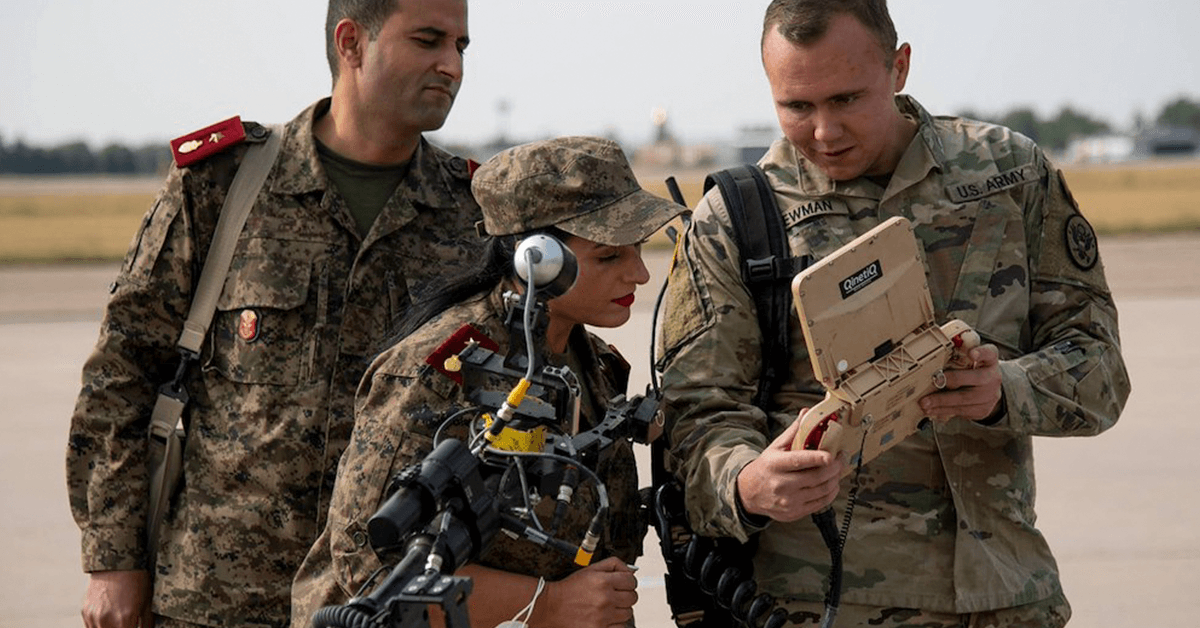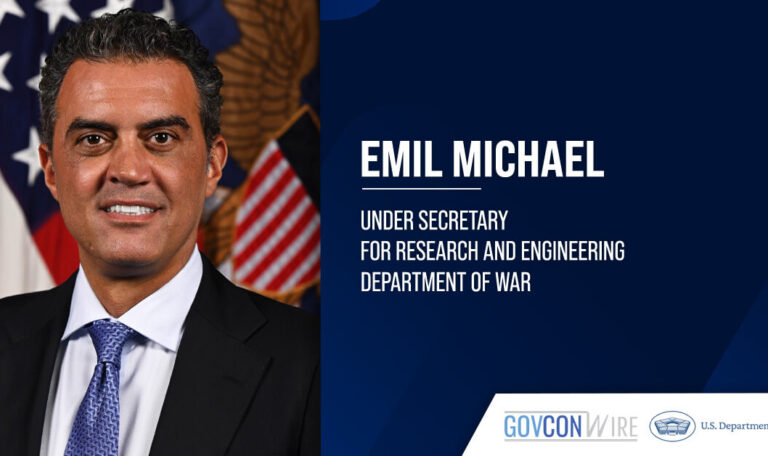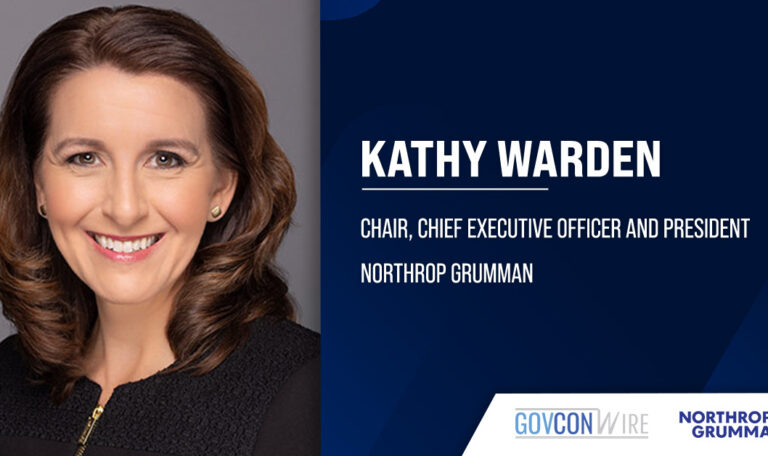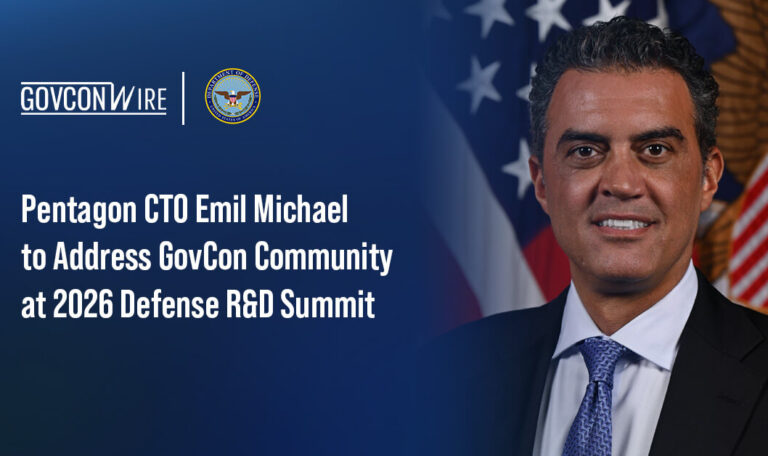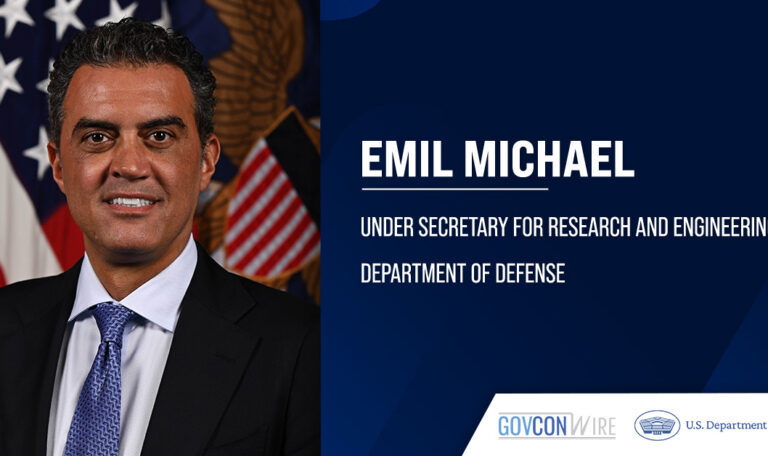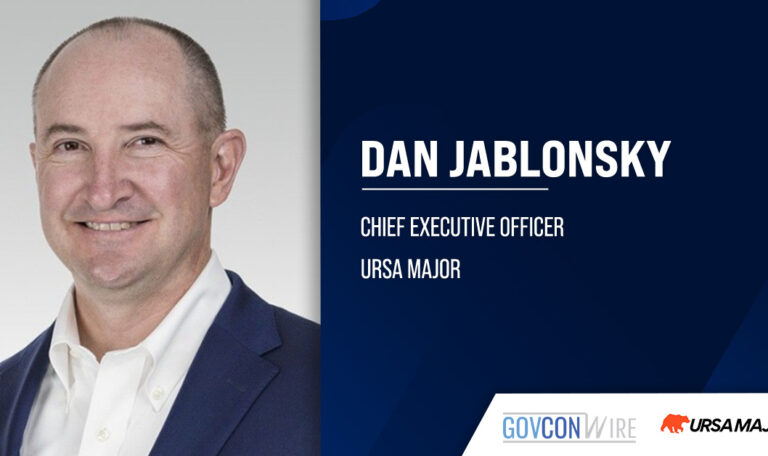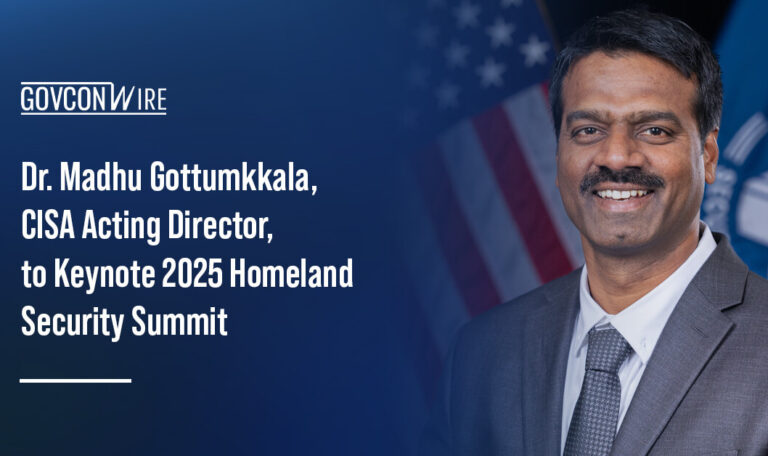Crucial for interoperability with international allies, mission partner environments are shared communications spaces that allow for ease of collaboration with aligned governments. Joint All Domain Command and Control is the U.S. Department of Defense’s initiative to achieve communications cross-functionality between all of the country’s deployed warfighters and personnel, from the cloud to the tactical edge.
Merging and operationalizing these two conceptual frameworks, then, is a tall order. It involves maintaining secure yet accessible networks that can be shared with a variety of different system types and initiating a certain level of standardization with the tools used by foreign governments.
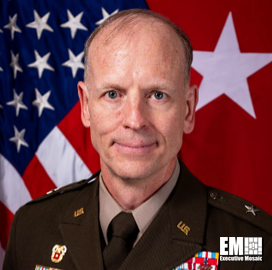
According to Brig, Gen. Mark Miles, J6 director of U.S. Indo-Pacific Command, MPEs play an instrumental role in helping to close kill chains. But the variance of allies’ technology set-ups and security systems in particular makes the process of actually getting on the same wavelength with other nations a “nuanced” and demanding task.
“There are different capability levels across each partner and [differences in] how we collaborate and what bilateral networks we use to execute that collaboration. So, in the background, in a lot of these cases, it’s [about] tying together the means and the modes that we have in order to enable that strategic partnership,” Miles shared at the Potomac Officers Club’s Mission Partner Environment and JADC2 Intersection Forum on Thursday.

Rick Kellogg, director of SAF/CDMX at the U.S. Air Force’s mission partner capabilities office, described how any war being fought today is going to be waged on 10 to 17 different networks. This highlights the difficulty of setting up the shared cooperative space that an MPE requires, not to mention establishing JADC2, which Kellogg said is made near-impossible in that situation due to the fact that “you can’t achieve the type of real-time information exchange we need.” Kellogg participated in a panel discussion at the MPE and JADC2 Intersection Forum along with Miles.
The challenge of establishing an MPE in conjunction with JADC2 while working with other countries’ militaries is akin to managing a Venn diagram, but not one with “two concentric circles,” but rather, “a Venn diagram of about 50” interlocking areas, said Edward Drolet, vice president and client executive for DOD and Department of the Air Force at CACI. Drolet moderated the forum’s panel discussion.
Miles confirmed that endeavors like Project Overmatch and Project Convergence — aspects of the U.S. Army’s vision for its 2030 incarnation — are conducting experimentation right now in order to assist with “getting our services together on similar networks.” From there, perhaps the same lessons can be applied to MPEs, Miles implied.

First, the U.S. military must hone in on making sure it fully understands the C2, or command and control portion of the equation, commented Col. Jeff Mrazik, deputy lead for the Advanced Battle Management System cross-functional team at DAF. This step comes before the military can even begin to seriously consider the C3 equation, which takes into account communications, Mrazik said.
The colonel expressed that one limiting factor or variable within establishing interlocking MPEs and JADC2 is the cost and the limits of storage capacity.
“We can’t afford to connect everything to everything all the time with unlimited bandwidth and storage and everything. So you have to do this intelligently and as the operational requirement side, that’s really critical going forward,” Mrazik noted.
Getting specific, Mrazik said that to mount the systems the U.S. needs in place to communicate effectively, officials must seek out what different C2 nodes, executors and decision-makers necessitate from an information perspective. Also important, he said, is identifying where the “actual decisions need to be made so you can distribute those decisions.”
In closing, the colonel — echoing the thoughts of all three panelists — imparted to the audience the unnegotiable nature of partnering with a multiplicity of foreign partners on different projects.
“I can’t come up with a single scenario in a single region of the world where there’s not going to be mission partners and critical mission partners,” Mrazik stated.


